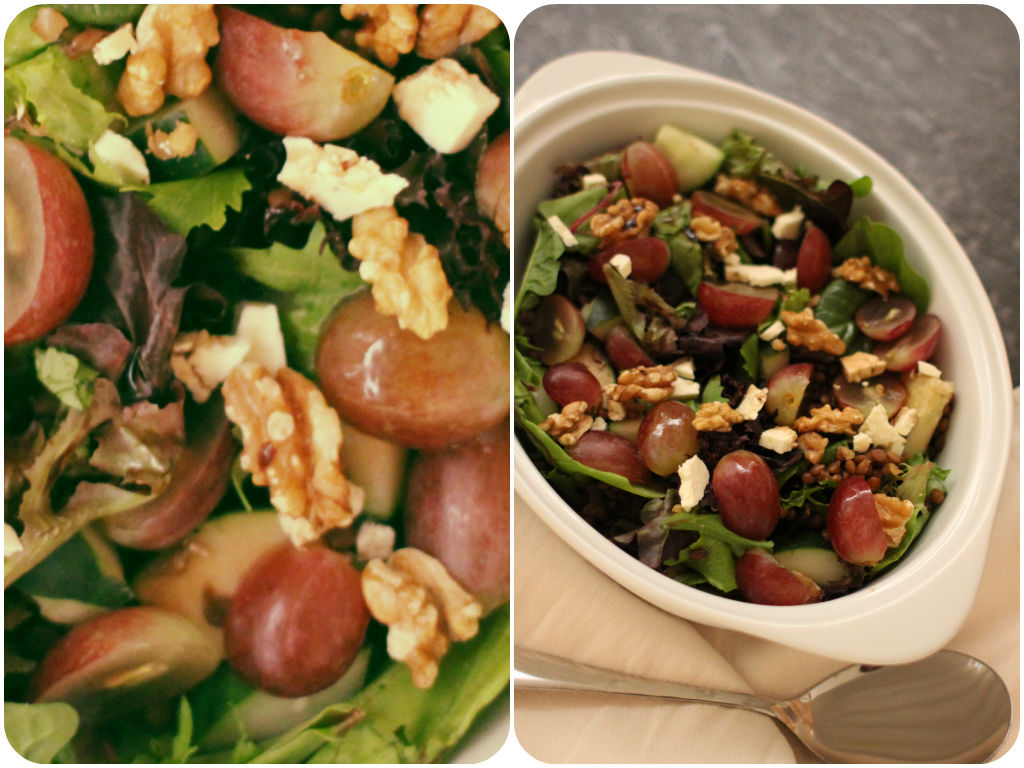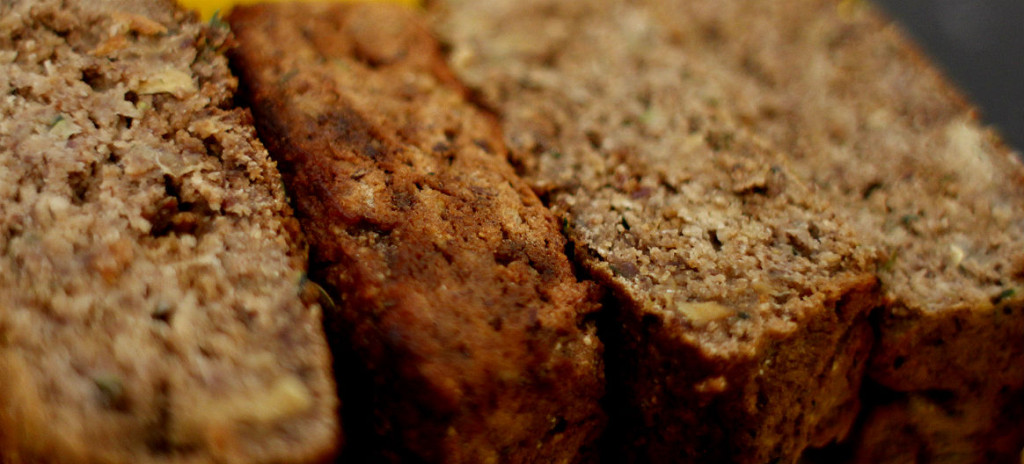 This is the kind of salad I’ve been making so many times. Lentils are a staple of my diet and perfect in summer salads, soup, vegetarian burger, curry and spreads. I like them because of their nutty and earthy flavour and creamy texture. Not only that, lentils are a powerhouse of nutrition. They are a good source of potassium, calcium, zinc, niacin and vitamin K, but are particularly rich in dietary fiber (good for digestive system), lean protein (make you full for longer), folate and iron. French lentils are my favorite because they don’t need pre-soaking, don’t get mushy or dry, and retain their shape very well after cooking. They taste so much better when you cook dried lentils at home rather than buy canned lentils, not to mention it is fresher and contains less salt and all that.
This is the kind of salad I’ve been making so many times. Lentils are a staple of my diet and perfect in summer salads, soup, vegetarian burger, curry and spreads. I like them because of their nutty and earthy flavour and creamy texture. Not only that, lentils are a powerhouse of nutrition. They are a good source of potassium, calcium, zinc, niacin and vitamin K, but are particularly rich in dietary fiber (good for digestive system), lean protein (make you full for longer), folate and iron. French lentils are my favorite because they don’t need pre-soaking, don’t get mushy or dry, and retain their shape very well after cooking. They taste so much better when you cook dried lentils at home rather than buy canned lentils, not to mention it is fresher and contains less salt and all that.
A few tips when you cook lentils! Wash and pick any bad ones or debris that might be in dried lentils. Cover with water in a pot and bring them to a rapid simmer, and then reduce the heat to low for the rest of cooking. About 10 minutes, take them off the heat, drain and rinse in cold water. Make sure they are not too mushy, which means overcooked. Add salt or acidic ingredients after cooking them otherwise lentils will get touch and not get cooked properly. Old lentils take longer to cook. So always keep fresh lentils in your pantry.
1/2 cup of french lentils, rinsed and cooked
1/2 cup of diced cucumber
1/2 cup of red grapes, halved
1 cup of green salads
50g crumbled feta cheese
handful of toasted walnuts
For dressing
1 tsp of balsamic vinegar
1 tsp of e.v.o.o
1 tsp of honey
a squeeze of lemon
salt and pepper to taste


